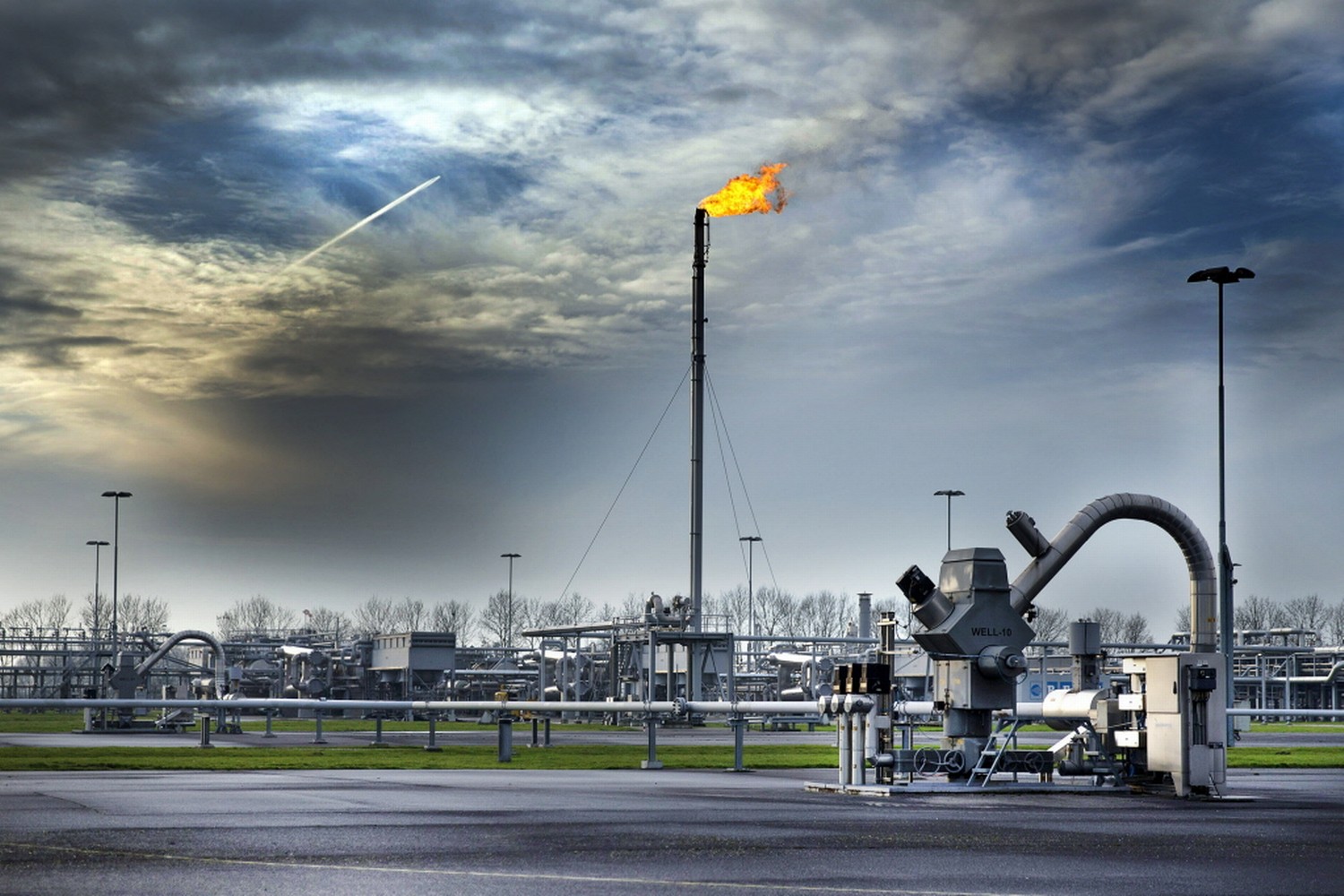
Uploaded on 2017-04-20 by Frank de Gouw
1. (International) Students One of the most important features of the city of Nijmegen is the Radboud University. This University is home to approximately 20.000 students and furthermore has a number of 5.000 personnel including many researchers and professors. Besides this University there also is another higher education institution (HAN) which houses approximately 33.000 students. So, in total there are around 50.000 students in Nijmegen. Due to this huge number of students the total population of the city of Nijmegen, around 175.000, consists of 30% students. These students are thus a huge stock within this city. And although most of these students move around from university to university from place to place the stock of students always remains. The flow of students therefore is also very large in Nijmegen. This flow has been enlarged by the increasing number of foreign students. The Netherlands, Nijmegen included, is increasingly more popular with foreign students, which makes the flow of students increasingly more global. All these students, national and international, create a lifestyle within this city, they create and have their own demand and businesses adapt their production and supplies towards this demand. Therefore, the presence of these students is highly important in creating the landscape of the city. 2. Port The city of Nijmegen is situated alongside the river Waal and is an important link between The Netherlands and its hinterlands (e.g. Germany). A total number of 165.000 cargo ships and approximately 6000 cruise ships every year dock and/or pass the Nijmegen port. These cargo ships each year ship around 160 million ton of goods and 1.5 million containers towards Nijmegen. These containers come from all over the world, whereby most of them are coming from the port of Rotterdam. A small part of these containers is unloaded in Nijmegen, they are put on other ships or they are unloaded and transported with the use of other infrastructure (trucks, trains etc.). The port of Nijmegen is a good example of goods passing through the port (flows) and goods which are unloaded for local use (stocks). The city of Nijmegen itself is increasingly putting more importance at these businesses while they are renovating and expanding the harbor area. 3. Energy This is not only applicable for the city of Nijmegen but for the entire country of The Netherlands. Although we are an innovative country we still are behind with our sustainable energy program in comparison to other European countries. A reason might be that we happen to have access to a huge stock of gas in the north of our country. This bubble of gas is pumped out of the ground and distributed among energy companies and exported to other countries. This gas is used for different kind of reasons, like the heating for Dutch houses. In any case this huge stock flows through pipes beneath the ground towards its purpose and is then lost after it has served this purpose. Obvious is that this circle of stock and flow is not a closed one, which means that it isn’t sustainable and that the gas eventually will be gone. Nijmegen is for the future already working towards a more sustainable energy program which includes a sustainable economy, working towards a sustainable urban metabolism, sustainable urban development and the generation of sustainable energy. (picture of the extraction of gas in the Netherlands is not taken by myself)